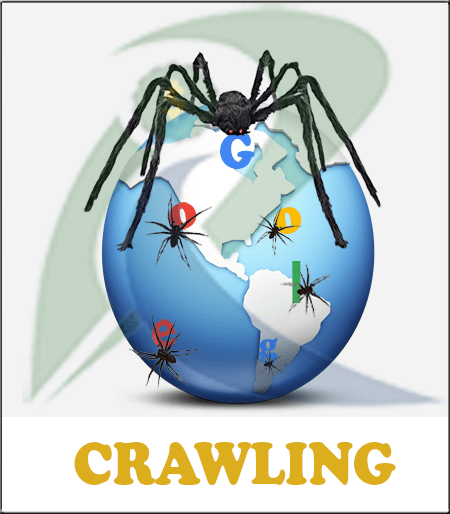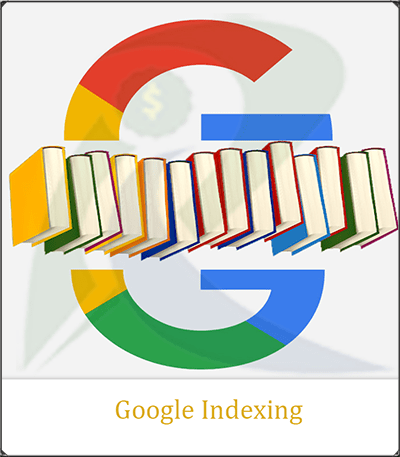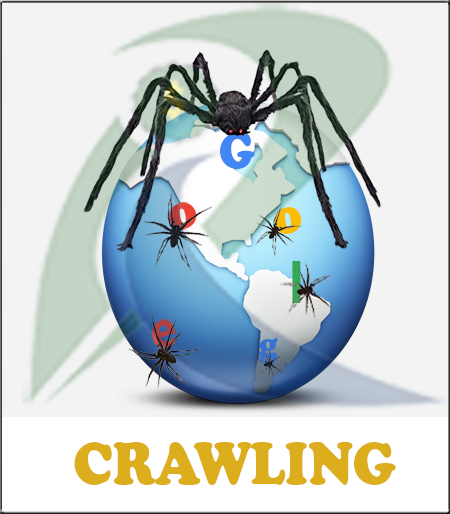We have already talked about how SEO works. You guys now have the idea that search engines work through crawling, indexing, and ranking trillions of websites, and when it comes to how it does so? It’s a little complicated to understand. Apart from all technicalities behind crawling, ranking, and indexing, taking a bit of an overview of the process can help you move forward more effectively.
[lwptoc]
Crawling:

The Spiders will crawl the whole website and find most of the stops in transit using the link. A dreadful little animal visits a page, understands it, and then seeks after interfaces with various pages inside the location.
This awful small animal will benefit to location for a typical reason, for example, reliably or two, and review any movements that have happened. Understand that association structure is a way that ‘crawlers’ will use to accomplish every interconnected document on your website.
Indexing:

When you have a good amount of content, you would like to create some shortcuts to content. Google and others can’t just have one extensive database containing all pages they can sort through whenever a user asks a question. It would be way too slow.
Instead, they create an index that essentially shortcuts this process. Search engines use technology like Hadoop to quickly manage and query large amounts of knowledge. The search index is way quicker than searching the whole database.
Common words like ‘and,’ ‘the,’ and ‘if’ search engines don’t store such words. These stop words. So, they don’t generally add to search engines’ interpretation of content (although there are exceptions: “To be or not to be” is made up of stop words); they remove them to save space.
It might be Ta tiny amount of space per page, but it becomes an important consideration when dealing with billions of pages. This thinking is worth considering when trying to understand Search Engines and their decisions. A small per-page change is often very different at scale.
Where robot.txt helps search engines to find the accurate page of your website, noindex helps you to hide unimportant context from search engines. This is how the page-and text-level settings can be utilized to change – how Search Engine presents your content in indexed lists.
You can determine page-level settings by including a Meta tag on HTML pages or in an HTTP header. You can determine text-level settings with the information no snippet characteristic on HTML components inside a page.
Ranking:
Web searchers writing computer programs normally manage an outsized number of pages recorded within the document. It seeks out matches to interest and ranks them masterminded by what it acknowledges is usually relevant. The customer types in an inquiry; this item will kick decisively, sourcing its database listing results to arrange a request.
Every single thing is considered; how do crawler-based website crawlers approach choosing congruity when looking at countless pages to manage? They seek tons of fundamentals, referred to as estimation.
These figurines are multifaceted logical conditions, and how every particular count works may be a solidly focused development.
